If you happen to be near Valencia in March, don't miss the fantastic Las Fallas festival! Or why not travel here just for this long, colourful celebration? Las Fallas is a multi-day celebration that includes everything from huge statues to flower parades and 'fireworks'.
Table of contents
The folk festival Las Fallas
The Las Fallas festival usually runs from 15-19 March, but this year it started on 1 March. And the preparations have probably been going on for most of the year! The town yesterday was full of people in a festive mood. The streets were full of stalls serving beer and all kinds of food, the children were running around with firecrackers and outside every little bar and restaurant young and old were crowded.
We were so lucky to have local guides! We had the opportunity to meet our blogger friends behind the exciting blog. Svensson against the current, which is about both Spain and design. Eva and Peter live in Valencia and are dedicated Las Fallas participants. We really couldn't have better guides! And besides, we had a very nice day and evening together!
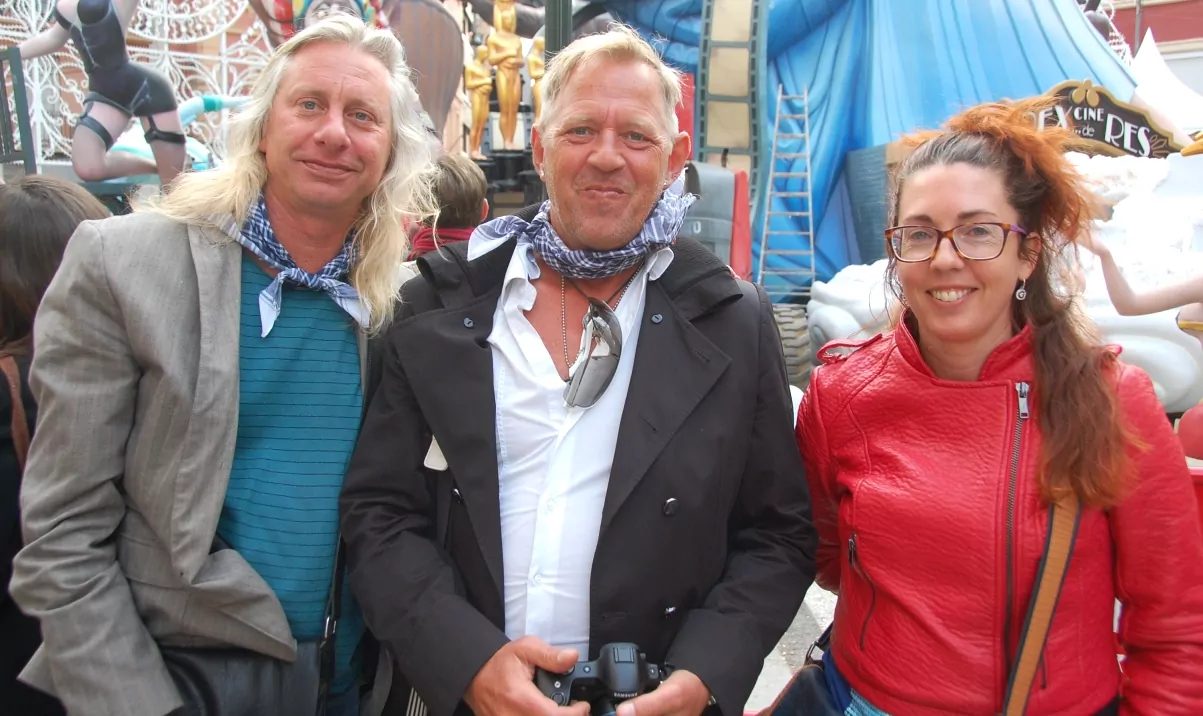
Festival with a long history
Las Fallas has a long history and, if we understand correctly, it was originally a celebration of spring and the vernal equinox. Later, the celebration became associated with the saint of carpenters, Saint José. In the Middle Ages, during the dark season, carpenters had to work by the light of oil lamps hanging from wooden figures.
When the light season arrived, the carpenters made a ceremony of burning the wooden figures. Over time, the figures became more and more human, eventually resulting in huge and amazing sculptures, 'phalluses', which are still burned at the end of the festival!
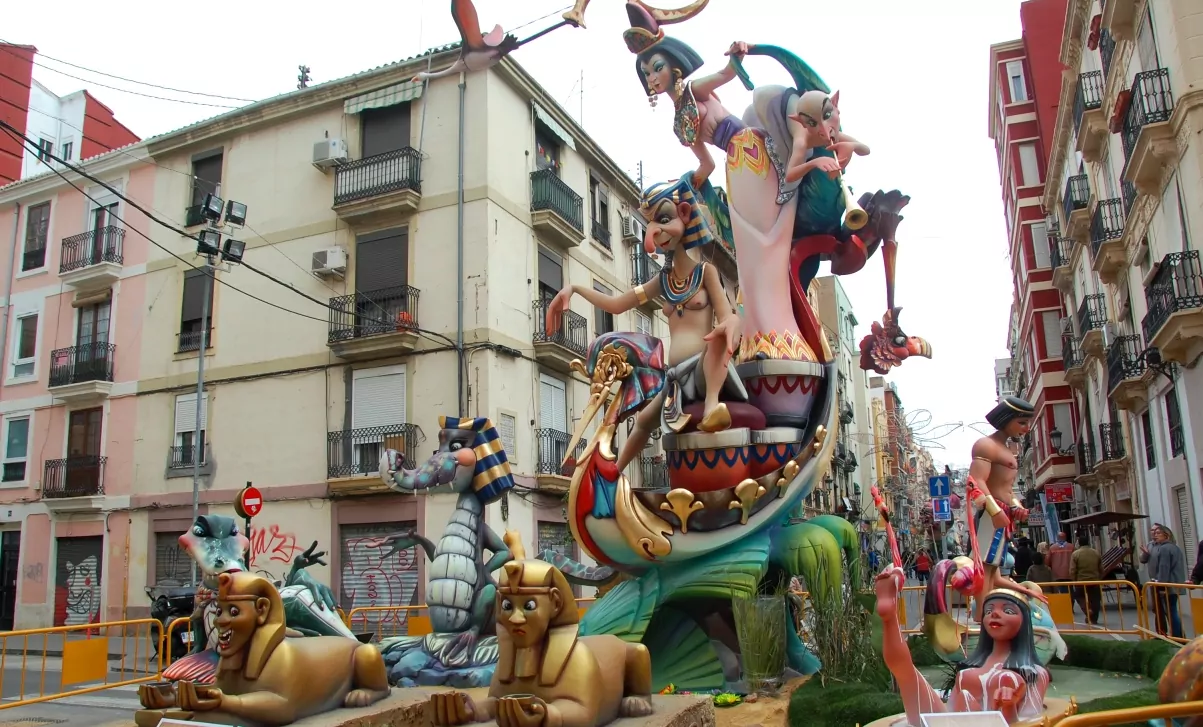
Mascleta - daily 'firecracker' displays
Every day at 14:00, from 1 March to 19 March, it is mascleta in the Plaza del Ayuntamiento in Valencia. Together with lots of people, we crowded the square to experience the 'fireworks' which were an escalating sound experience, more than a sight experience. As the sound rose to a crescendo and the ground vibrated, dense fog filled the air.
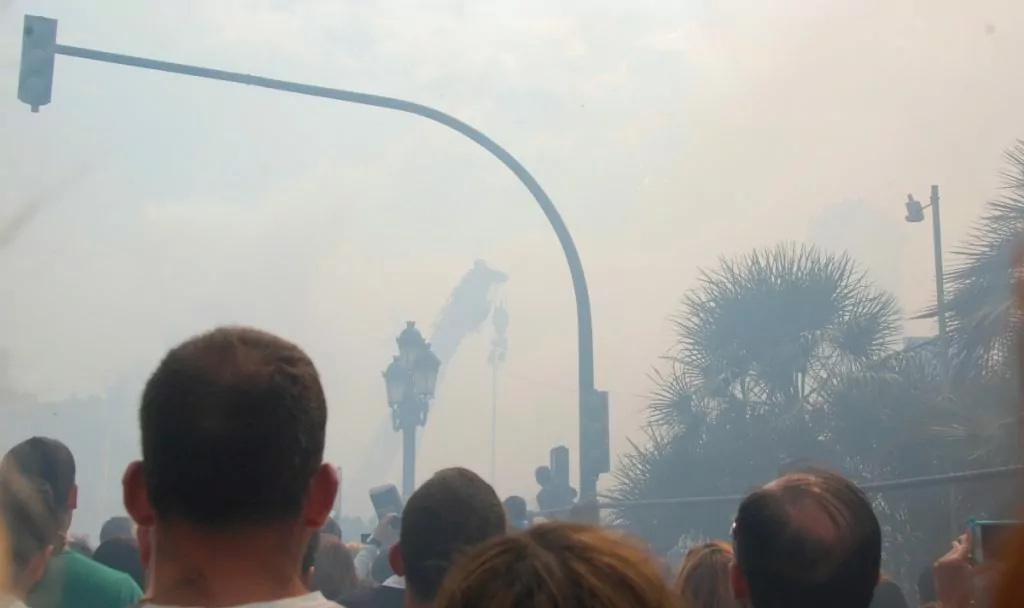
Today's phallus - huge statues throughout the city
The main thing that people associate with the Las Fallas festival is the huge and amazing statues that are erected all over the city. The statues are erected during 15 March and by dusk on 16 March they are all completed. Each statue has some sort of theme, often featuring celebrities or politicians in various satirical or humorous situations. The statues are built from Styrofoam on top of wooden frames and are festively burned at the end of the festival.
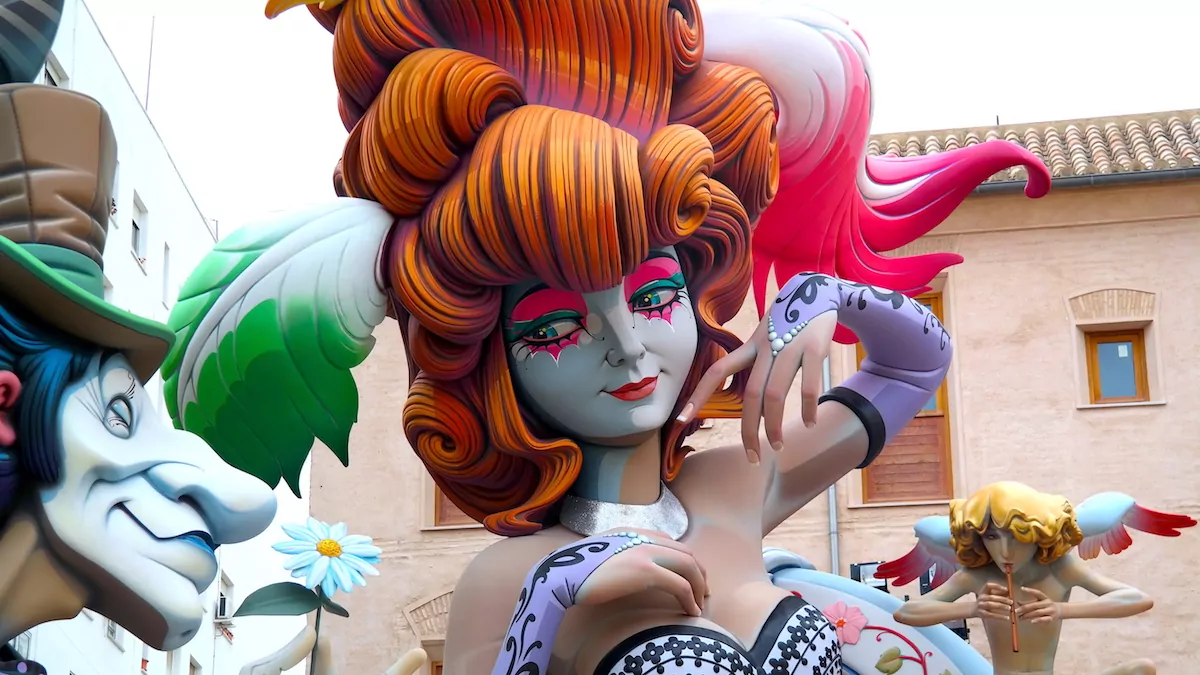
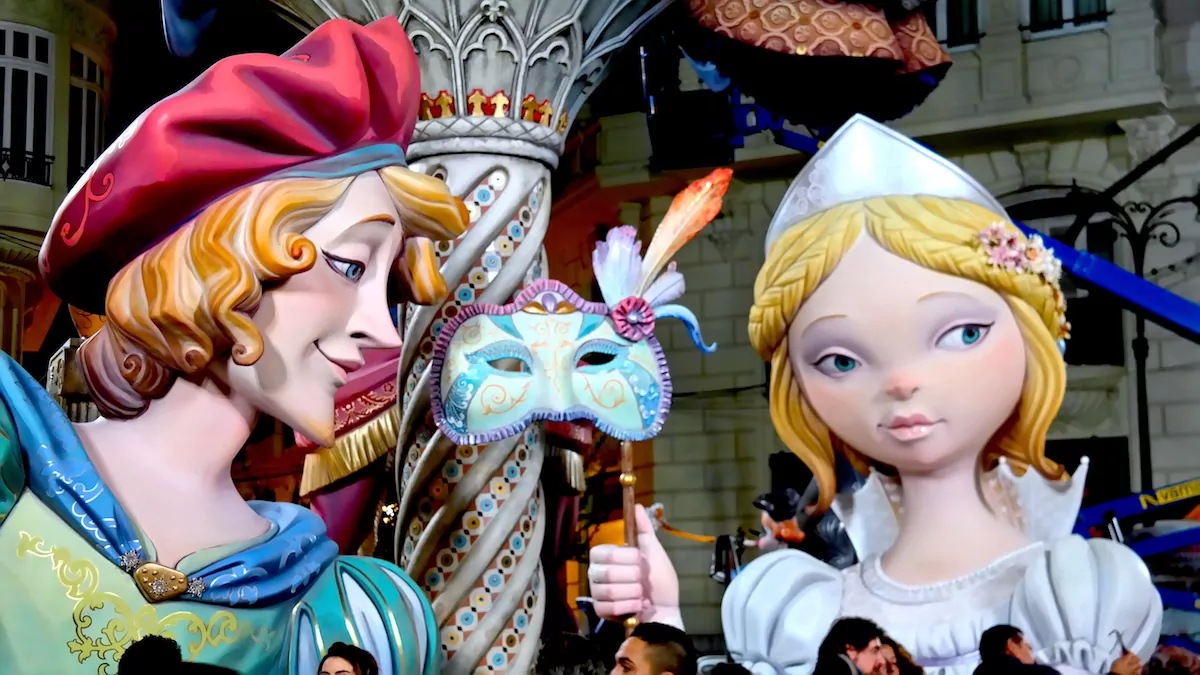
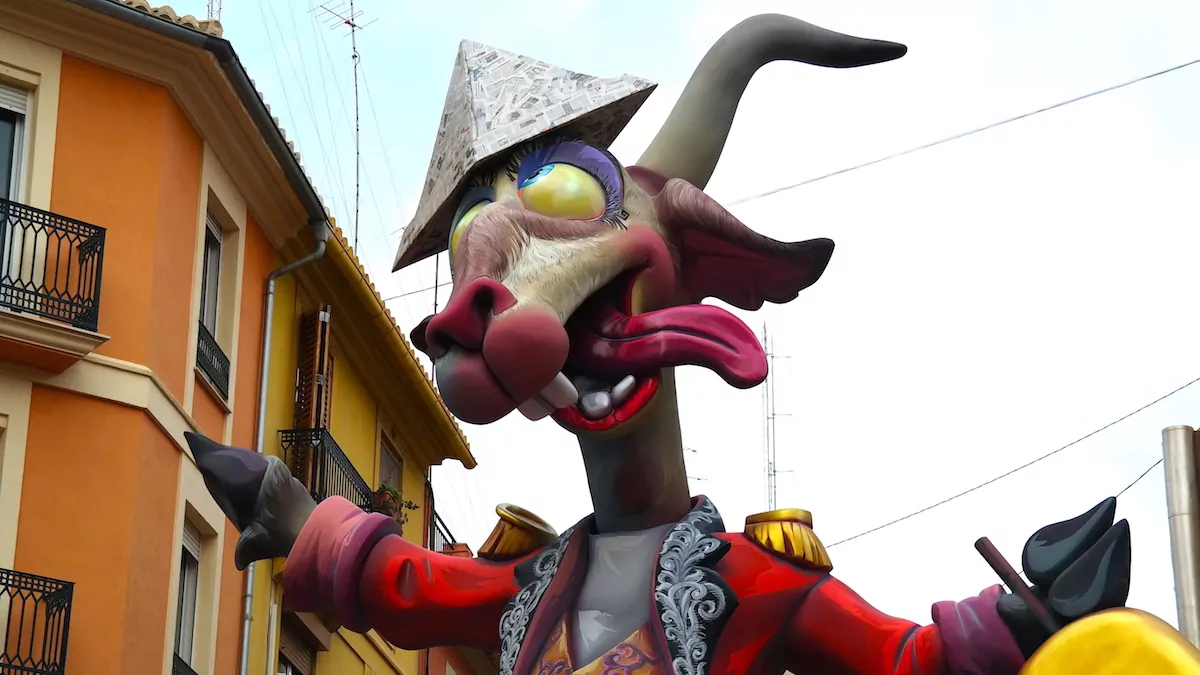
In total, there are about 500 statues from as many different local associations, which then compete against each other in different prize categories. Each association also enters two statues - an 'adult' and a 'child' statue. The most expensive statue has a budget of EUR 230 000, so it's a lot of money!
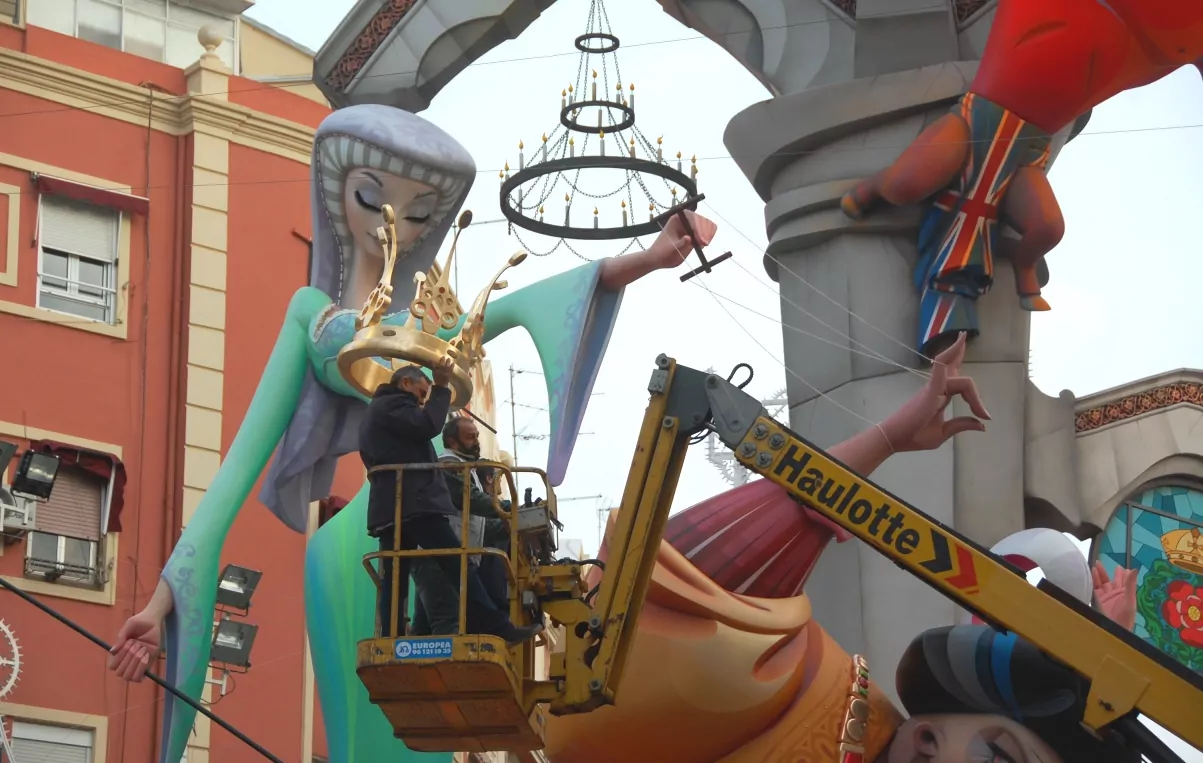
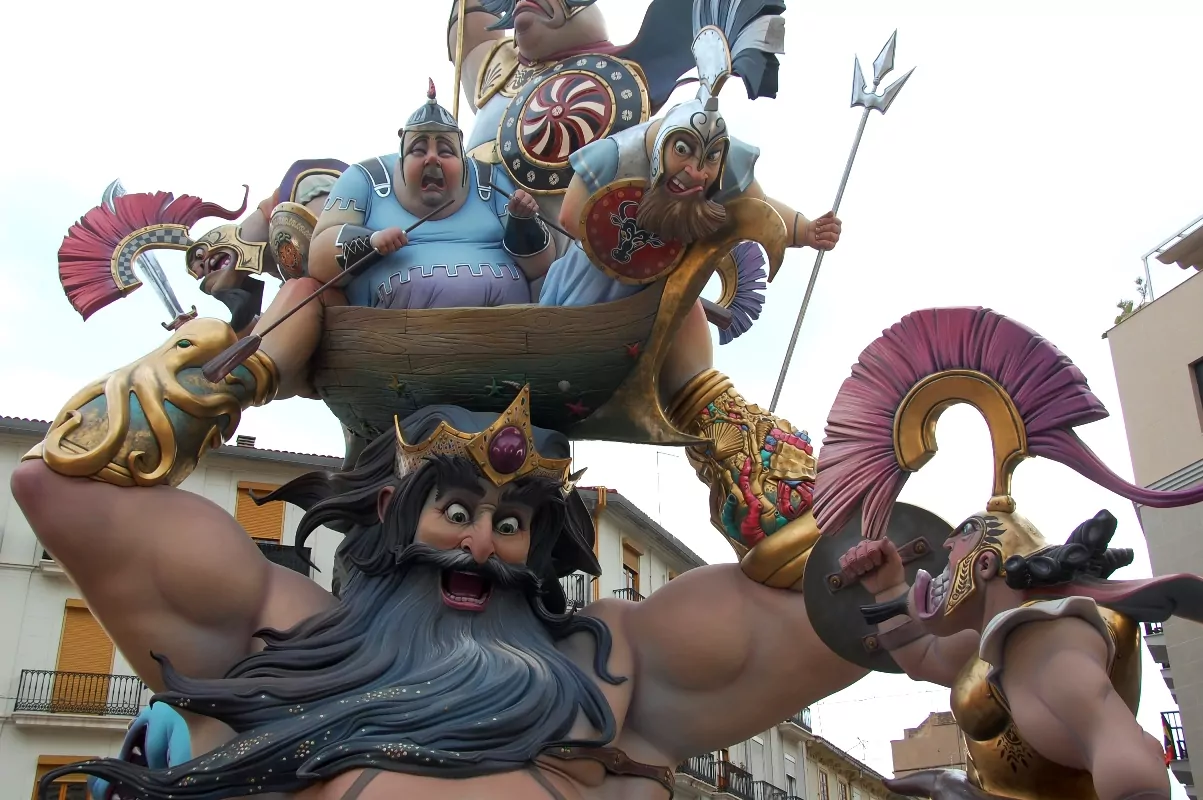
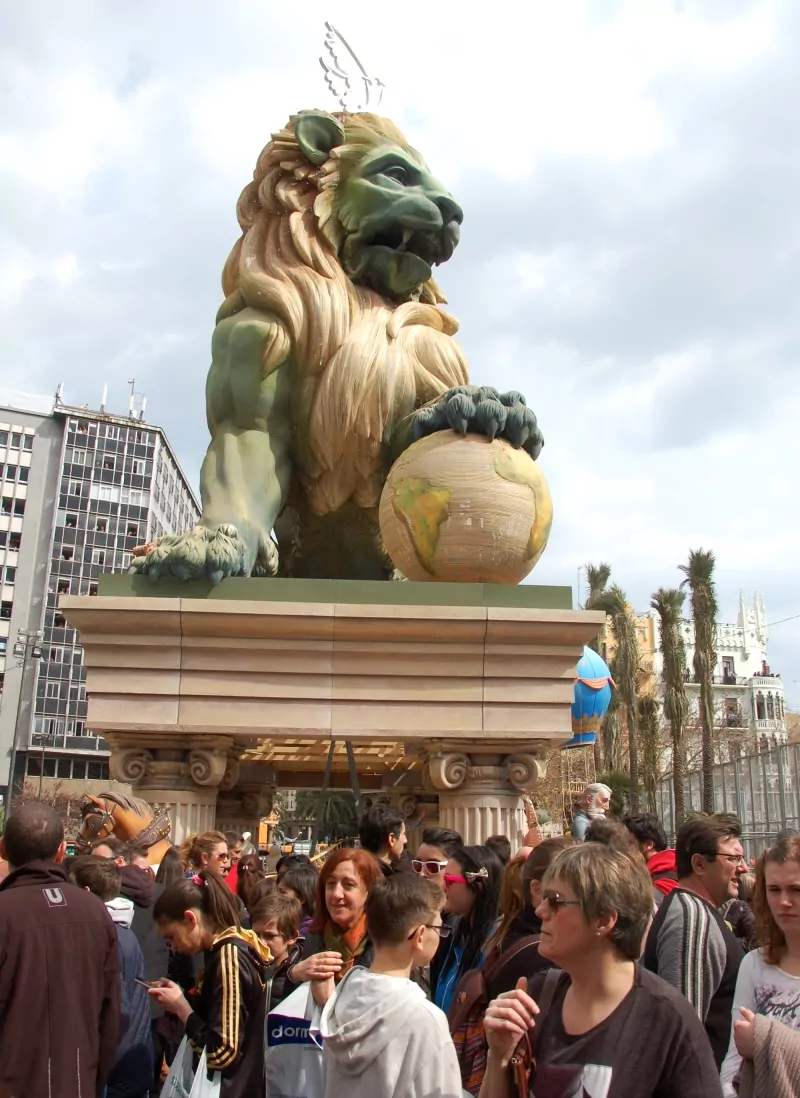
Flower parade
Another part of Las Fallas is the flower parade, so people all regional associations participate with members in traditional dress, standard bearers and their own music band. The flowers are carried to the Plaza de la Virgen, where the saint Our Lady of the Forsaken is dressed with all the flowers. You can see even more pictures in our post on flower parade in Valencia.
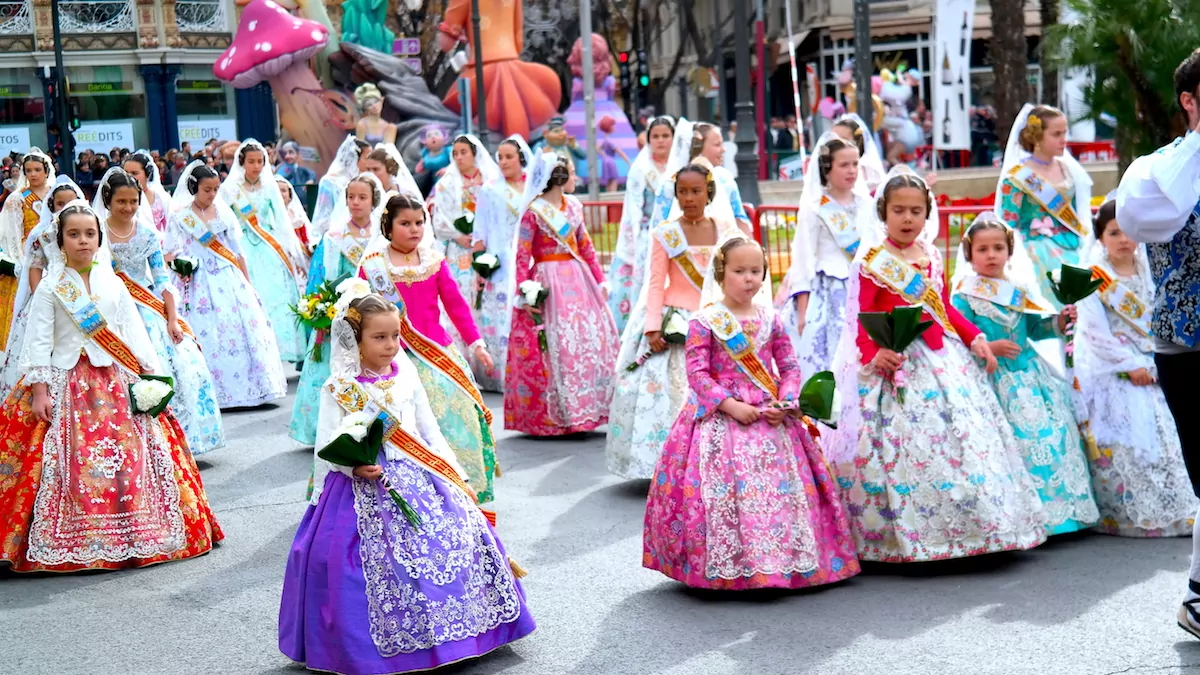
Las fallas by night
The festivities of Las Fallas in Valencia don't end just because it's evening and night. Quite the contrary! People are everywhere and the small stalls in the streets serve everything from beer, fruit drinks and mojitos to candy bars, churros and anything that can be deep-fried. The huge statues are lit up and look even more impressive, if possible.
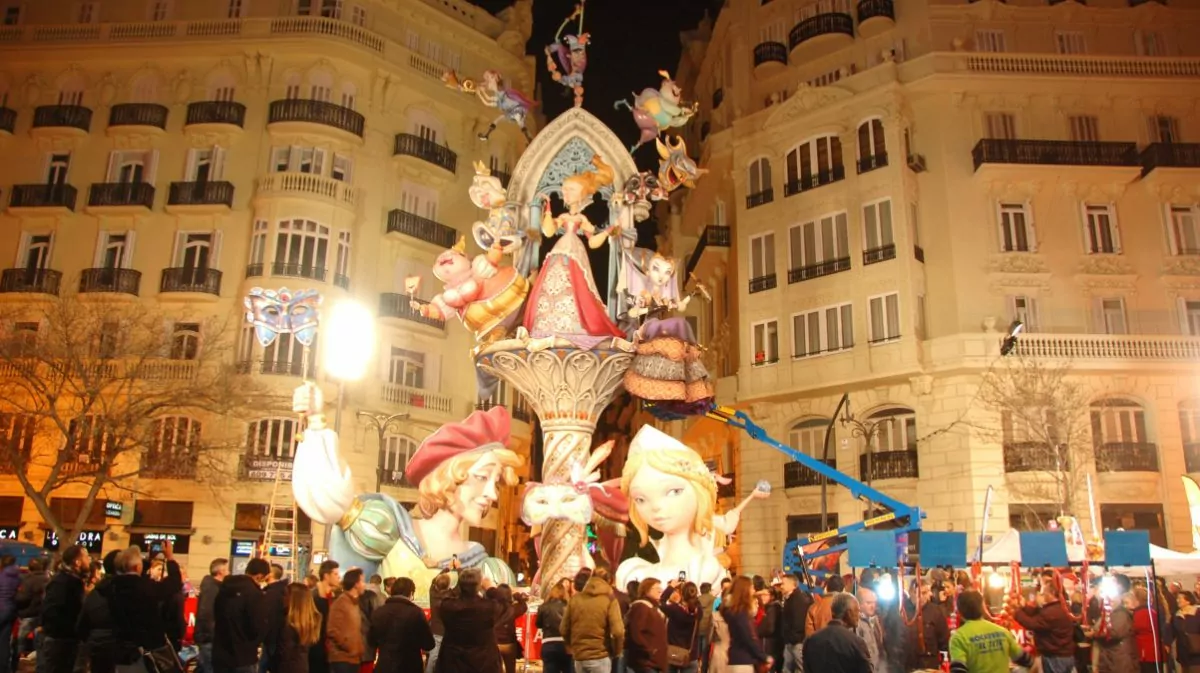
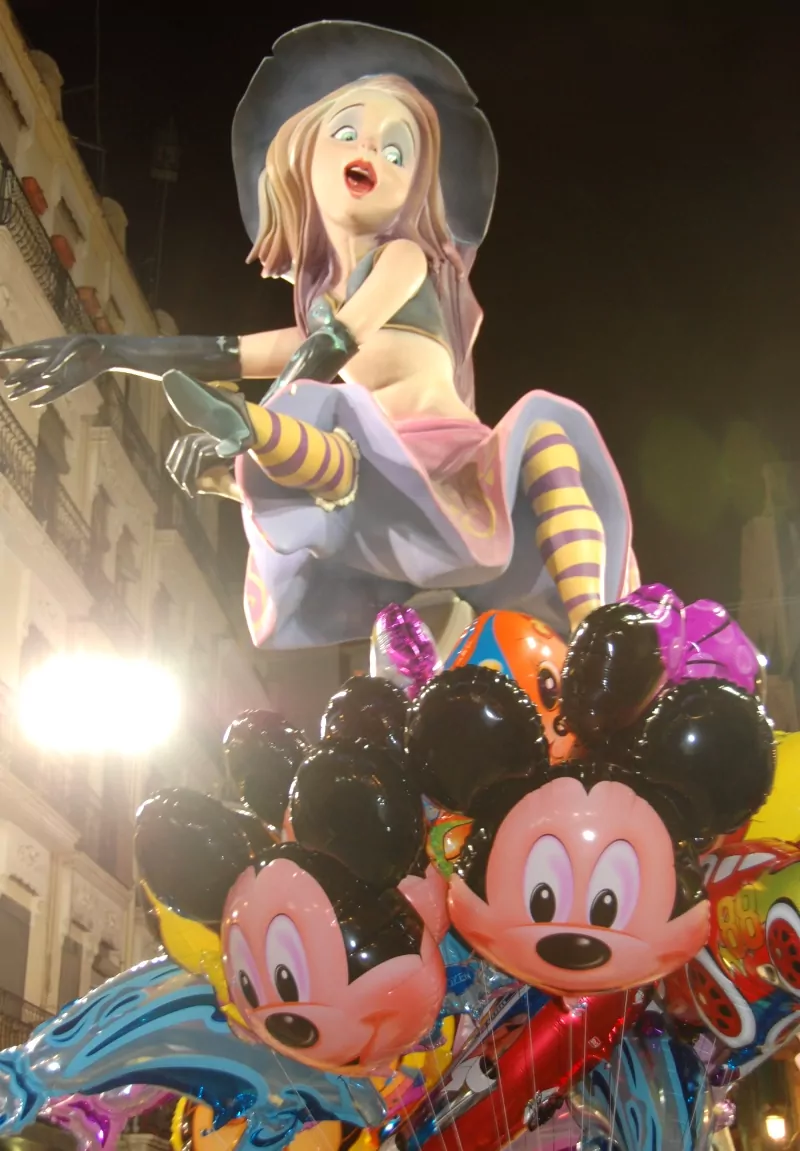
You can also experience impressive "light shows" and fireworks. Two different light shows were competing against each other when we checked. In both cases, there were huge stands set up, and when it was time, the streets were crowded, crowded with people wanting to see the light show, which was accompanied by music.
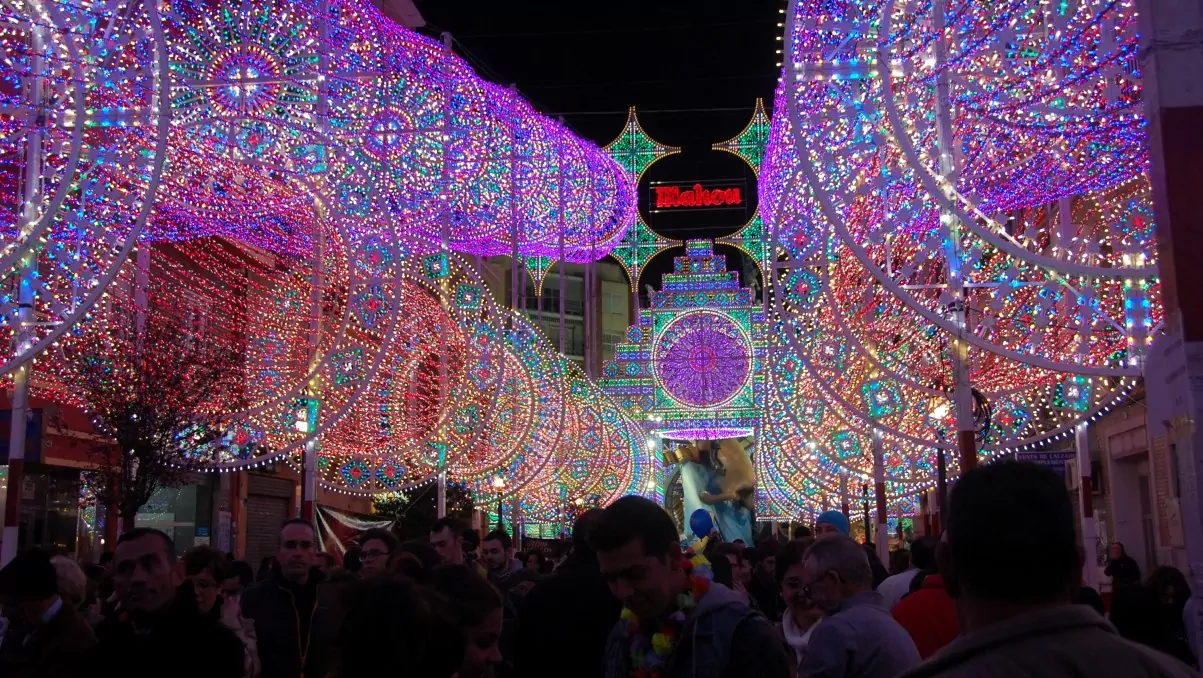
Fireworks
At midnight, it's time for the fireworks, and no expense is spared. The biggest fireworks show is the one called "Nit del Foc" (Night of Fire), which is organised on the last evening. We loaded up with sangria and grilled hamburgers at our friends Eva and Peter's house. Perfect warm-up! Eva and Peter had a Swedish friend visiting and had also invited a couple of Russian friends over, and it was a very nice evening.
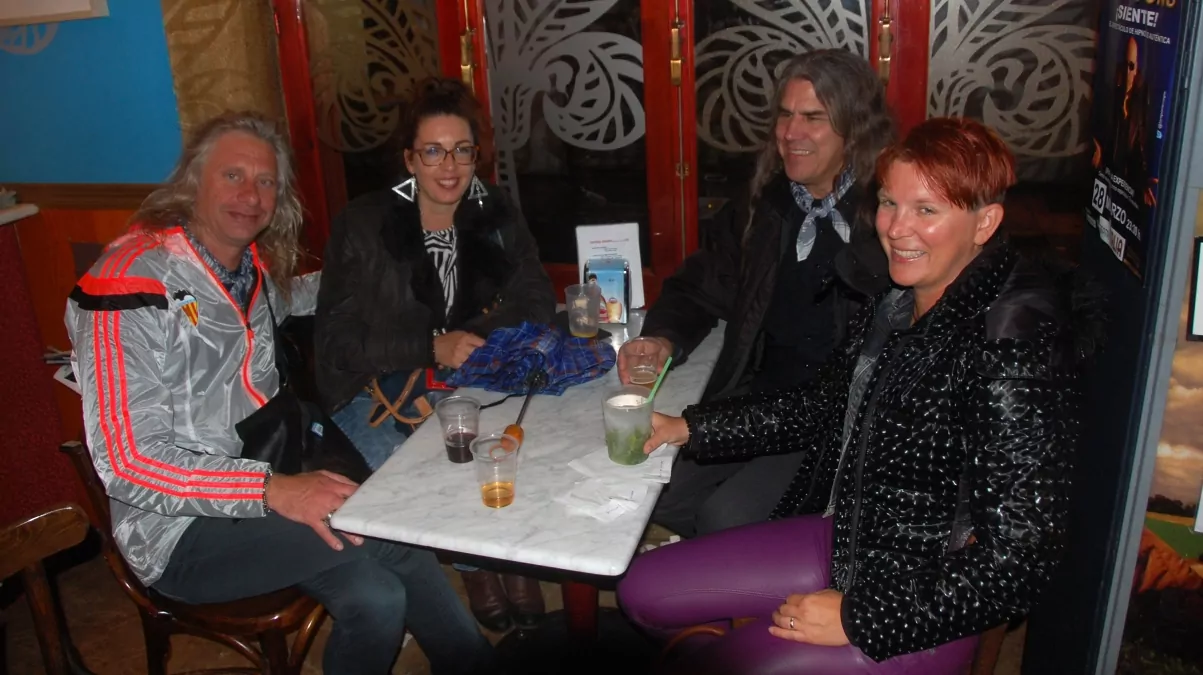
At 01:30 at night, crowds of people gathered at the Paseo de la Alameda to watch the final and most powerful fireworks display of Las Fallas. Over 2.5 tonnes of gunpowder were used and the fireworks lasted for 20 minutes. And yes, it was probably the most powerful fireworks we've seen. But don't think the festival is over because of that! After this, it's time for the fire parade and the burning of statues...
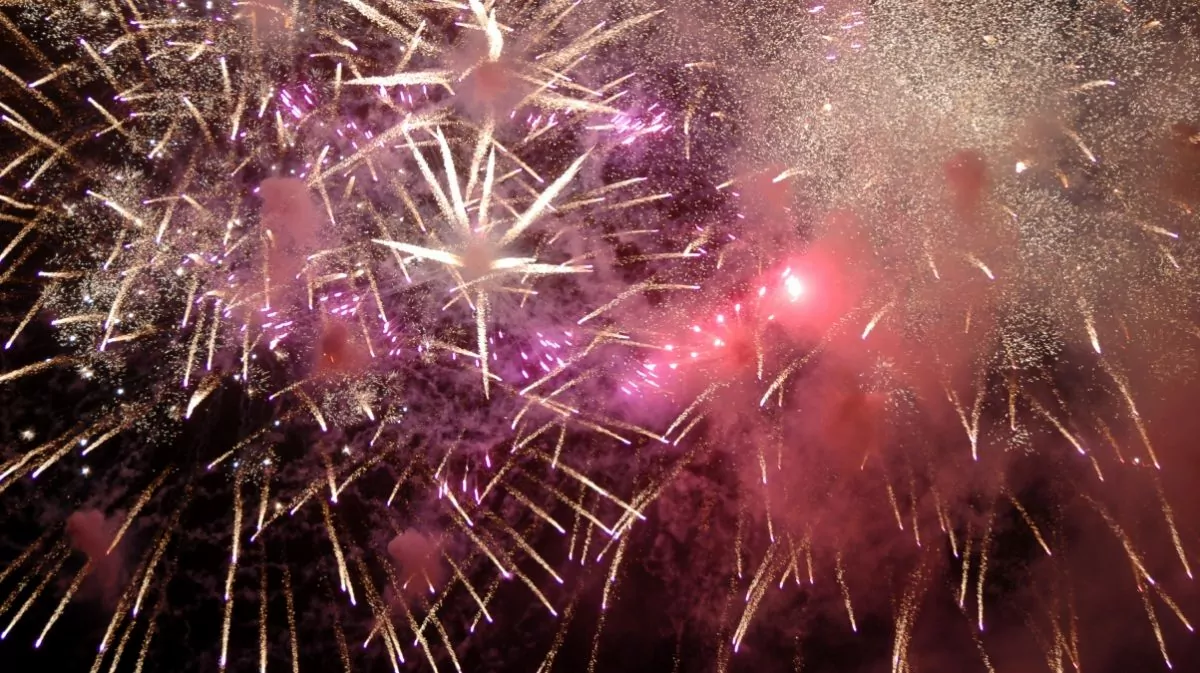
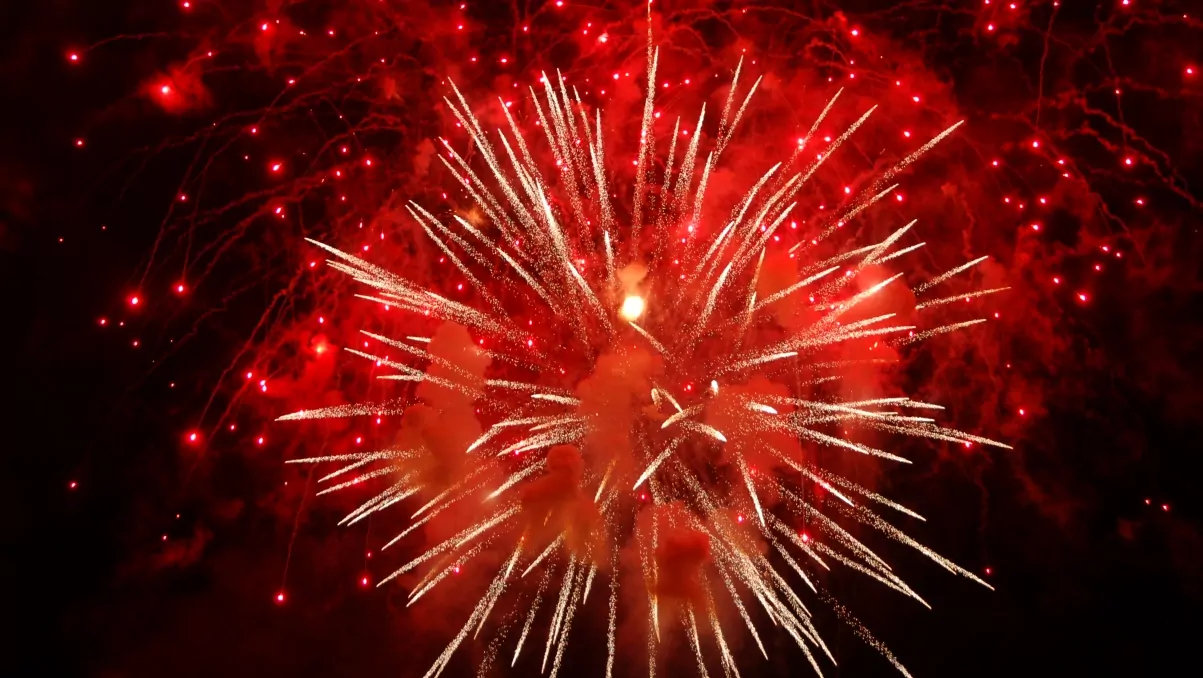
Burning end to Las Fallas
After several days of festival, it's time for the 'Cabalgata del Fuego' (parade of fire) and 'La Crema', the burning of all those marvellous statues. This means that 500 statues, sometimes 20-25 metres high and made of wood and styrofoam, are burned in narrow alleys in the middle of the city while all the people in the city crowd around to watch. This would hardly have been allowed in Sweden ...
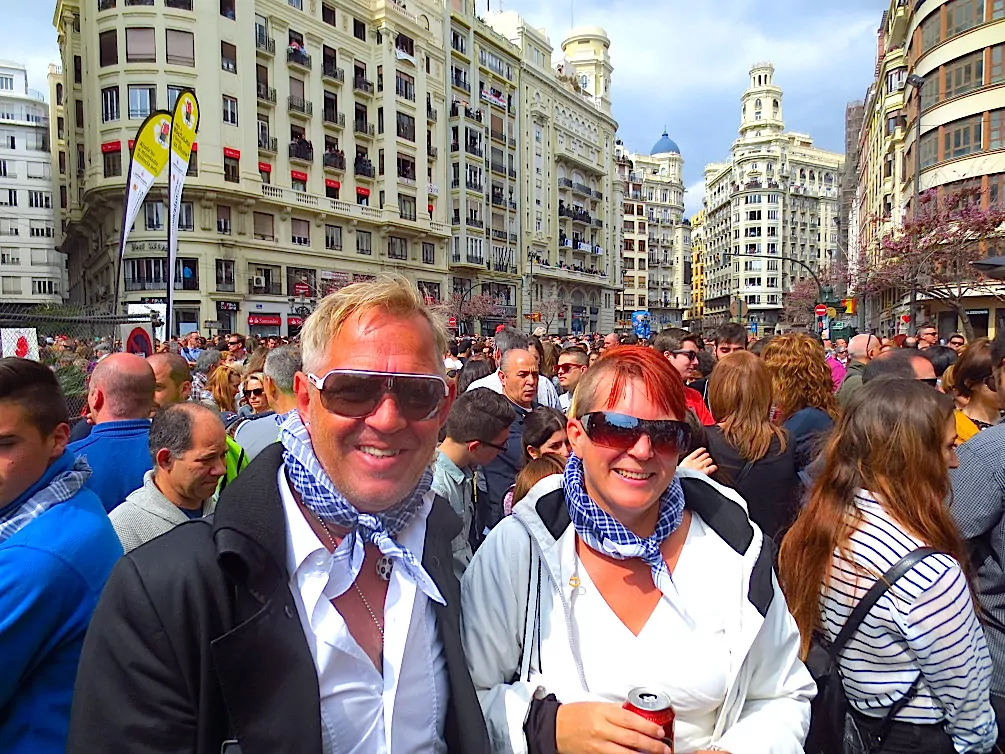
Tarragona - among history and charming neighbourhoods
We will soon tell you about the Easter celebrations here in Tarragona, Spain, but first we need to tell you...
Quick visit to Torrevieja - Scandinavia's Spain
We had actually intended to make a slightly longer stop in Torrevieja, and perhaps meet both bloggers...
Picos de Europa - national park in Spain
Picos de Europa is a national park with several mountain ranges in northern Spain, located just off the coast of...
A trip to Nerja in winter: sun, adventure and magical views?
Guest writer: Miss Lopez Hello dear travellers! I want to share with you my amazing winter trip to...
Desert landscape in Spain
Today we drove through a desert landscape in Spain. It's barren and mountainous and barely...
Plan your golf holiday to Málaga
Today we present a guest article Málaga is a destination that really has it all for golf enthusiasts. With...
Boquerones - Spanish-style anchovies
We have tried to cook boquerones, anchovies or sardines the Spanish way. As you may know...
The marina of Aguadulce in southern Spain
Not far from Roquetas de Mar is Aguadulce, with its beautiful marina. We took a trip...
Exciting trips to Madrid: a family connection to the Matador costumes
Guest writer: Miss Lopez Did you know that I always go to Madrid several times a year regardless of...
Football trip to Barcelona - and a city weekend in one
In collaboration with fotbollsresan.se Have you considered a football trip to Barcelona? The lively...
Tuesday meeting with Swedes in Benidorm
Every Tuesday evening, Norwegians and Swedes meet in Benidorm at the El Raco campsite, in the campsite's restaurant. We live...
The plastic sea in Almería - Spain's vegetable farms
From Granada we went back down to the coast and drove east towards Almería. In this...
Inner peace in the Sierra de Madrid - Kadampa Buddhist Centre in Mataelpino
Guest Writer: Miss Lopez Sierra de Madrid, a peaceful and beautiful place that welcomes the Kadampa Buddhist Centre in...
The hunt for LPG in Spain
Firstly, a big THANK YOU to all you wonderful readers who have shared your experiences...
Maria Luisa Park in Seville, Spain
If you ever visit Seville, don't miss the Parque de Maria Luisa. In some...
Rainy at Tarifa - Camping Valdevaqueros
Now we've moved to the Valdevaqueros campsite on the coast, a mile north of Tarifa in the south of...
El Templo del Sol - Naturist Camping Deluxe
After a hectic festival week and a week in the pouring rain, we felt a little more luxurious and...
Spain's most beautiful beach - and 6 more beaches
Of all the beaches we've seen in Spain so far, this has to be Spain's most beautiful beach. It...
Catalan food - we've tested and cooked it
Last night we were invited to a gourmet experience by the Tourist Board of Catalonia. This kind of press conference...
Tough journey to Barcelona - and on board the Freedom of the Seas!
After Robin's party, we didn't sleep for many hours, and then it was time to go...
Christmas Eve on the move - and gas problems
We woke up on Christmas Eve morning with an empty fridge and a desire to travel. So off we went...
Parade through Valencia - Spain
The Las Fallas festival continues here in Valencia, and every day something new happens! Today it was...
Palma for Foodies - hot food destination in Mallorca
Guest writer: Mia Ulin The hottest food destination you can travel to right now is Palma de Mallorca....
RV park in Valencia, Spain
We are now at a site in Valencia here in Spain, the Valencia Camper Park. We...
5 differences between Mallorca and the rest of Spain
Today we present a guest post Majorca and Spain as a whole are very popular holiday destinations, not least...
A few relaxing days in Mallorca with a visit to a vineyard
Writer: Jonathan Gharbi de Maré Here are some ideas for a short holiday in Spain...
Empuriabrava in Spain - exclusive waterfront accommodation
Before leaving Spain, we made a visit to Empuriabrava - the largest marina for accommodation....
Granada on the Sierra Nevada in Spain
Today we've been looking around the Spanish city of Granada, located at the foot of the...
Tarifa in Spain - Europe's southernmost point
Today we visited the southernmost point of Europe, which is located in Tarifa, Spain. From here it is...
Roquetas de Mar - Spanish south coast
Now we have come to Roquetas de Mar, located on the Spanish coast just west of...
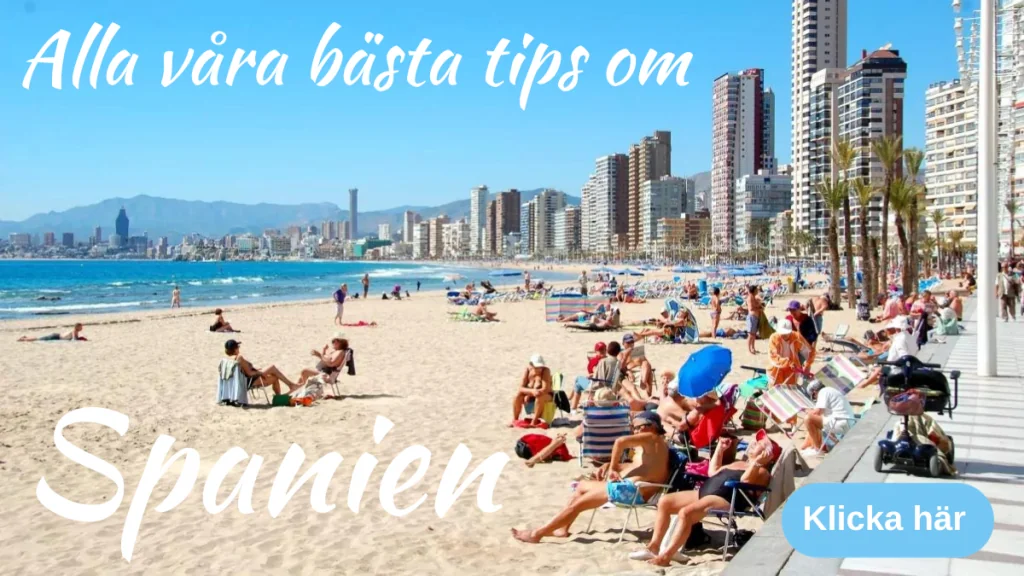


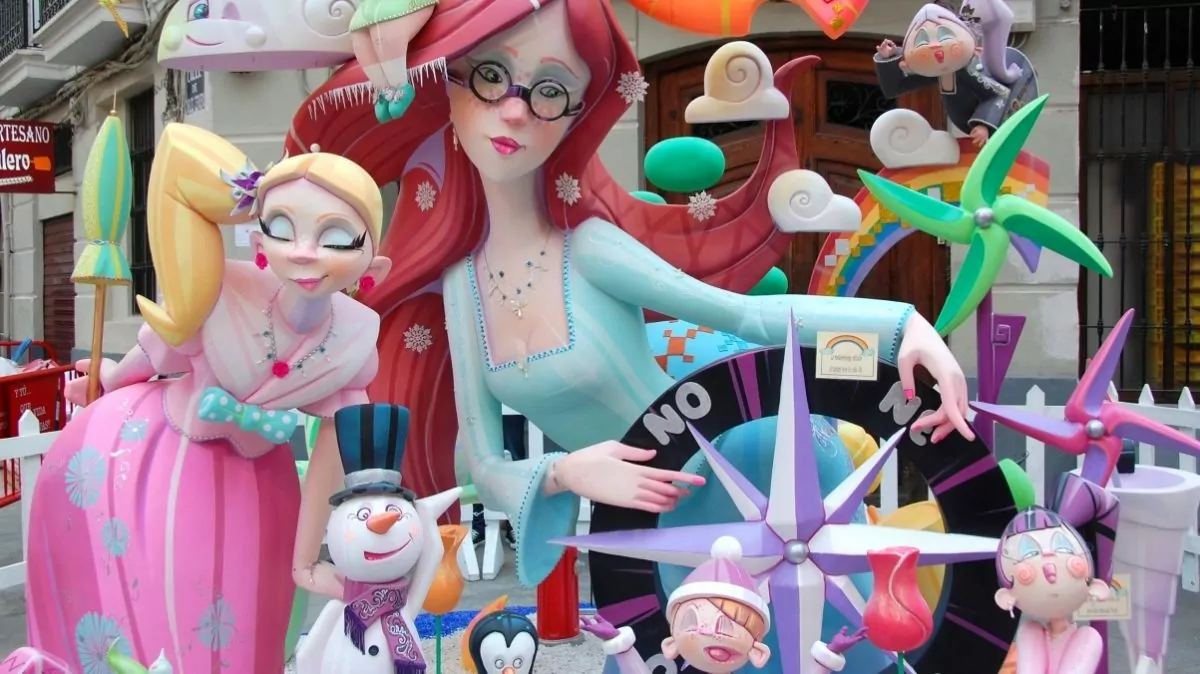






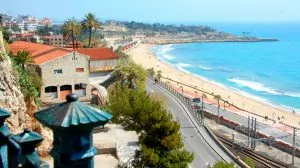
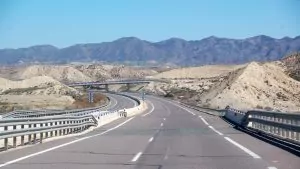
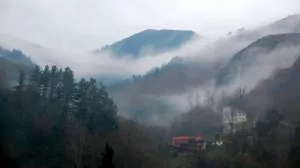
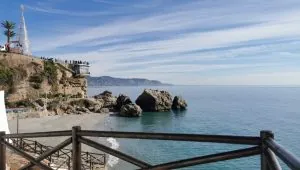
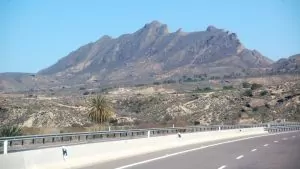

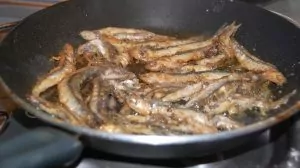
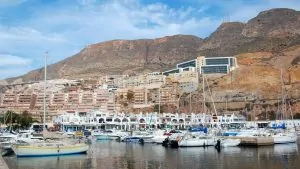
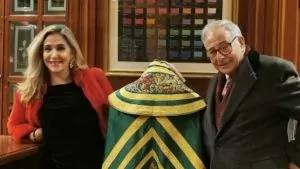
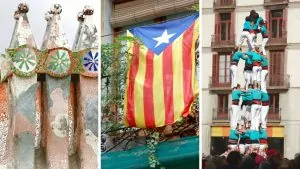
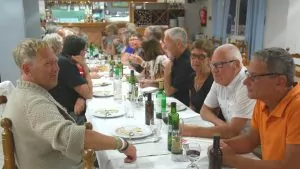
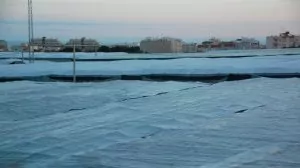
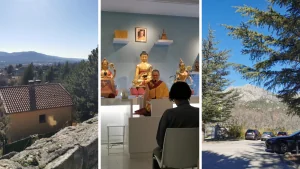
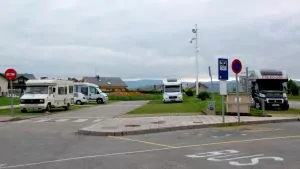
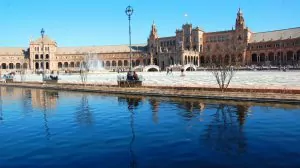
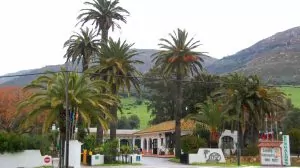
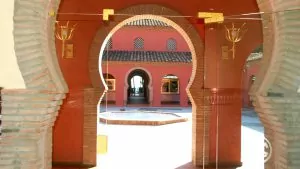
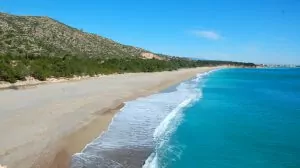

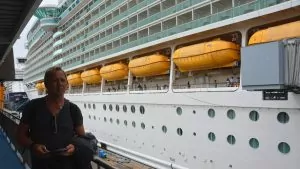

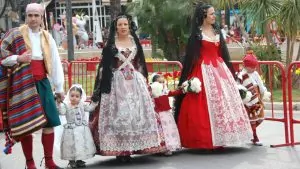
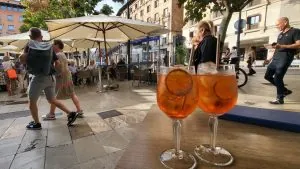
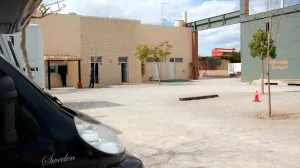
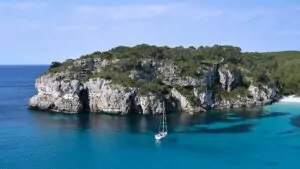
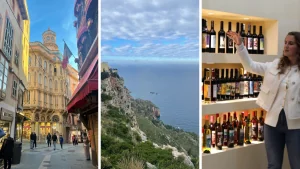
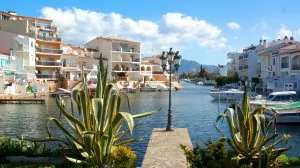
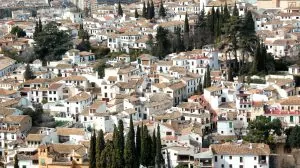
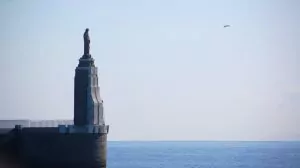
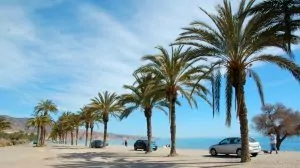
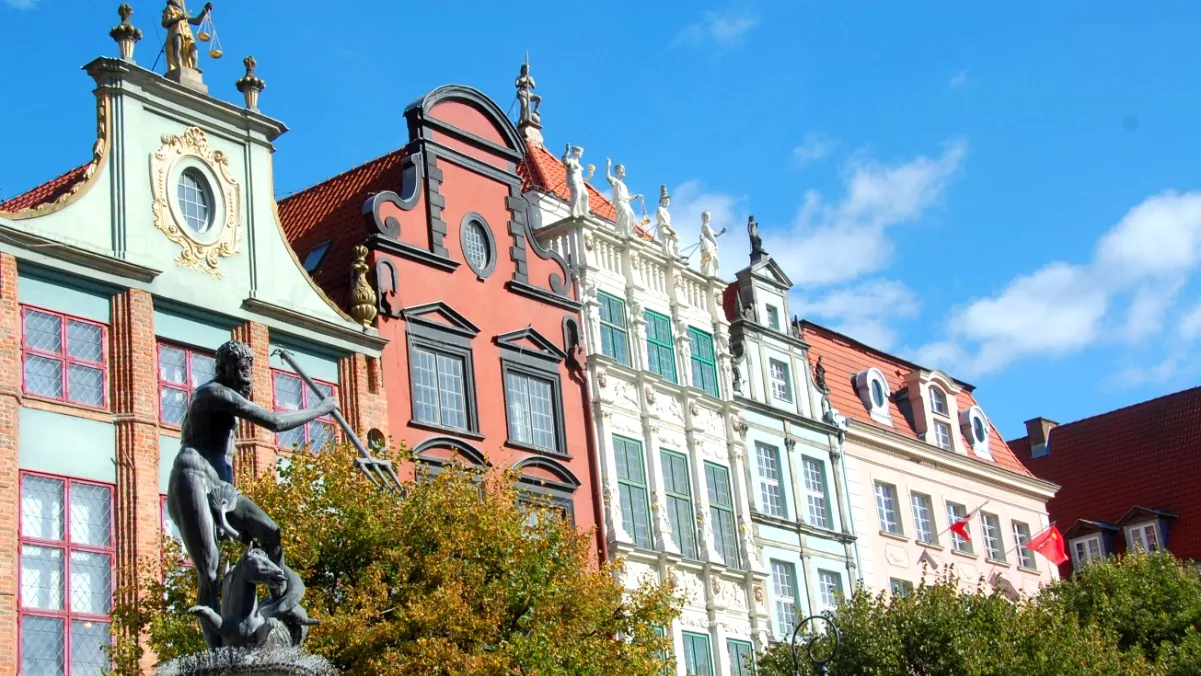
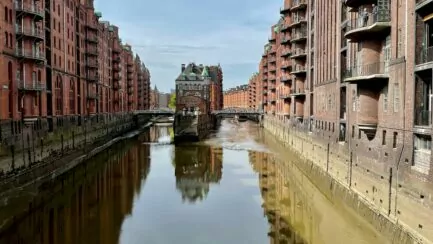
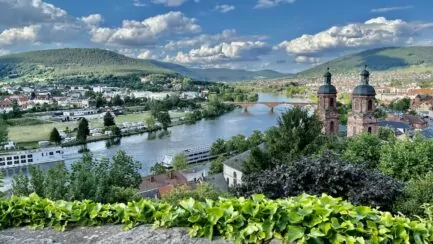
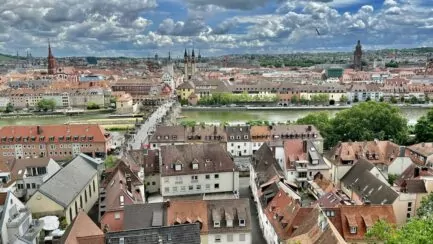
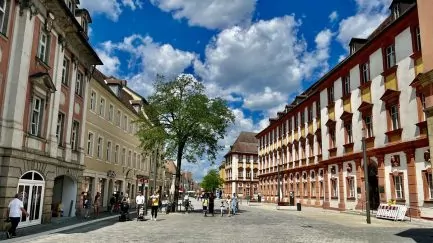



Bosse and Gerd says:
This festival is definitely worth a "separate" trip - we will be travelling here sometime to experience all this !
BUT, actually a bit sad to burn such beautiful creations as all these amazing statues !
Hugs from Benidorm
Bosse and Gerd
16 March 2015 - 13:06
Mr Steve says:
Fantastic statues. With such creations, preparations for next year's Las Fallas must surely start on 20 March.
Absolutely perfect with Swedish Valencians as guides.
Have fun!
16 March 2015 - 14:02
Anja says:
Oh! Festival at last! What a happening! It will be fun to follow!
16 March 2015 - 14:07
BP says:
What a great post, or rather what a great party with great sculptures. However, it pains me that these wonderful creations are then burned. It's like burning works of art - or well, why not money directly. What a shame!
16 March 2015 - 14:39
admin says:
Bosse and Gerd, it's definitely worth making a trip here! And yes, we also thought that it feels a bit awful to burn all these nice statues!
Steve, well I'm also guessing that preparations for next year will start quite soon...
😉
Anja, it really is a festival! Glad you want to follow!
🙂
BP, yes, it feels a bit of a shame to burn them! We also think that a lot of money is being spent here. But of course, the party also attracts a lot of tourists and visitors.
16 March 2015 - 14:46
Eva Svensson says:
Hi! I'm glad to read what you've written. How nice to read what you wrote. It made perfect sense! We will contact you again soon. Have a good time for now! Hugs
16 March 2015 - 16:02
Ama de casa says:
Yes, then I got to see pictures again... Nice!
😀
Next year... I planned so badly that I missed both Schlagern and the festival!
🙂
16 March 2015 - 17:46
admin says:
Eva, but so good that it was right ... then we listened to our guides fairly well then! *ler* Thank you so much for yesterday!!! Peter has seemed to go on some flu, so we'll see how things develop... we are home and resting today. But we'll be in touch!
Ama de casa, I bet you get to see a lot of other things that the rest of us miss.
😉
16 March 2015 - 17:59
Lennart says:
Perfect with such guides!
What would life be like without a blog and a motorhome?
Live well!
16 March 2015 - 18:28
Ditte says:
Another year we will be in Valencia when it is festival time. Understand that it is a cool folk life and then comes Easter which is also celebrated heavily, but in a slightly different way. But there is a party then too.
It's a bit sad that the sculptures are being burned, but you can still see them.
Great with local guides.
Have a great time and celebrate.
16 March 2015 - 18:48
Åsa says:
Wonderful! And perfect that you have guides! I have calculated and found that I was there in 1992 or maybe 1993! A whole eternity ago! I had guides in the form of a Spanish couple who I met when I worked in the Austrian Alps and who invited me to visit during the Fallas festival! I had no idea what it was but it was a positive surprise! Looking forward to more pictures!
16 March 2015 - 18:57
admin says:
Lennart, can only agree, blog and motorhome are great!
🙂
Ditte, Easter sounds exciting too, but I guess we'll be in France by then....
Åsa, exciting, yes it was a few years ago! We read a bit on the Internet before we travelled here, but we didn't really know much either. And we are so far only positively surprised!
16 March 2015 - 19:04
Anonymous says:
Nice that we got to see some of the Fallas Festival on your blog, great creations, sad that they are burned up, also gunpowder smoke in quantities, maybe for the last time as Sp got EU points for having to improve the environment ;-/
Get well soon Peter 🙂 maybe festival snow ;-/
16 March 2015 - 20:49
Casa Annika says:
Awesome! Spain has incredible, unexpected festivities to offer!
17 March 2015 - 1:12
Marina says:
It really sounds like it could be something to invest in for some years to come. And I understand that you have another bunch of wonderful festival days ahead of you (and hopefully me too!).
17 March 2015 - 5:42
Mr Lars Andersson says:
Hello!
It must be worth travelling there, just to experience such a festival. Fun with so many nice pictures
And lyrics, almost like you're in it yourself.
Goodbye!
Lars and Inger
17 March 2015 - 10:32
FANTASYDINING-A blog about themed restaurants and travel says:
You're right, this is really something for me. The funny thing is that I've been thinking about going there this year. There is even a note on my fridge that says Valencia in March. However, it was not possible to go because the festival was on my work week. So fun to see some photos from there.
In Valencia there was also a restaurant I was interested in. You sat and ate in an aquarium type.
17 March 2015 - 10:45
admin says:
Anonymous, it's a bit sad that the statues are being burned, but that's part of it I guess. There has been a lot of gunpowder smoke, we must say. And it is a considerable amount of money that is spent...
Casa Annika, yes they are good at partying! We are a bit bad at that in Sweden. And after we stopped with the Water Festival, we don't have a really big party in Stockholm, a bit sad.
Marina, this festival is really worth a visit! And yes, there are more things happening in the next few days!
Lars and Inger, the festival is truly an experience! It's great that you feel like you're in a corner!
😉
FantasyDining, how nice that you thought about going here! Really recommended if it fits any other year! Sounds fun and crazy with the aquarium restaurant!
😉
17 March 2015 - 10:56
FANTASYDINING-A blog about themed restaurants and travel says:
Oceanographic circular restaurant in the City of Arts and Sciences of Valencia.
17 March 2015 - 11:00
random elegance says:
For me, it is completely unbelievable that after several months of creation they burn the figures, but that's what the whole tradition is about... Besides that, the whole Las Fallas festival seems to be very cool. Definitely something I'd like to experience, so I'll add that assignment to my "to do" list!
28 November 2019 - 10:29